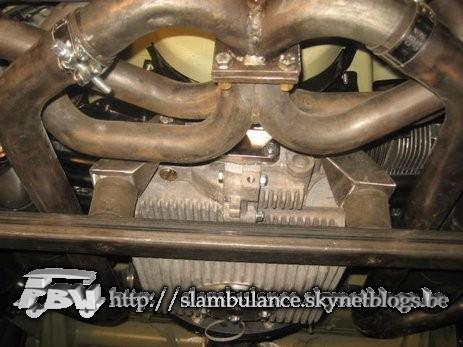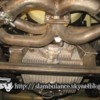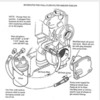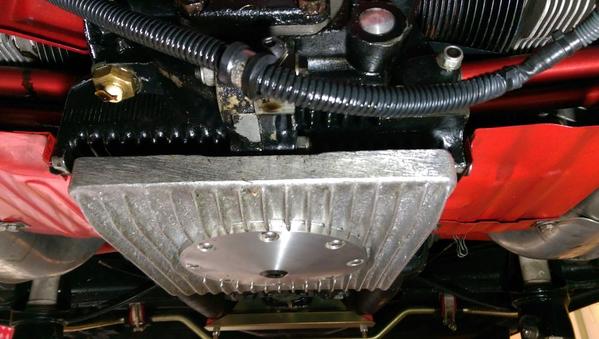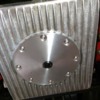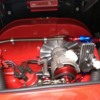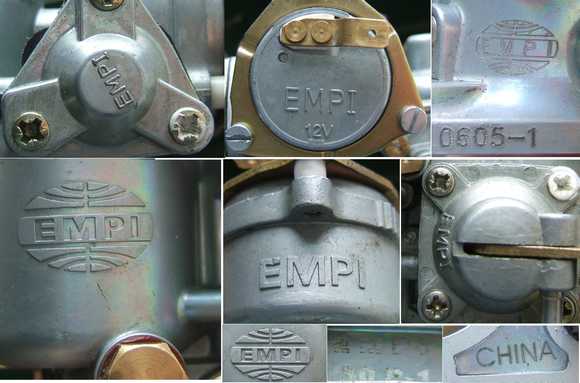Hi all,
I finally took delivery of my new VS. It has a 1915cc engine with the 3:88 transmission, as well as a oil cooler and external oil filter. I could use a little help with some questions I have, as no information or manual came with the engine.
I live in the Detroit area and the car will be run in all seasons except winter. I've read on past oil threads that heavier weight oil such as 20w50 will be too thick for the oil cooler to function well, and the car will run hotter as a result. That being said:
1. Is 10w30 they way to go? Brad Penn partial synthetic?
2. What is the oil capacity of the 1915cc engine with the cooler and external oil filter setup?
3. Where is the oil cooler even located on the car?
4. When should I do my first oil change? I've read on an old thread that the first 300-400 miles and 3000 miles there after. Is that the general consensus?
5. Any links that anyone can share for the best source for oil screens and gaskets?
6. Since I'm new to all things air cooled, I'm trying to teach myself the basics. This seems like a good youtube video for adjusting valves - what do you guys think?
I'm brand new to air cooled engines and Speedsters in general, so there will be plenty of dumb questions to follow. (sorry). Any help with the above would be appreciated. And thanks Gordon, for the delivery checklist you posted a few years ago in the knowledge section - very helpful. (still chipping away at it!)
Bill



